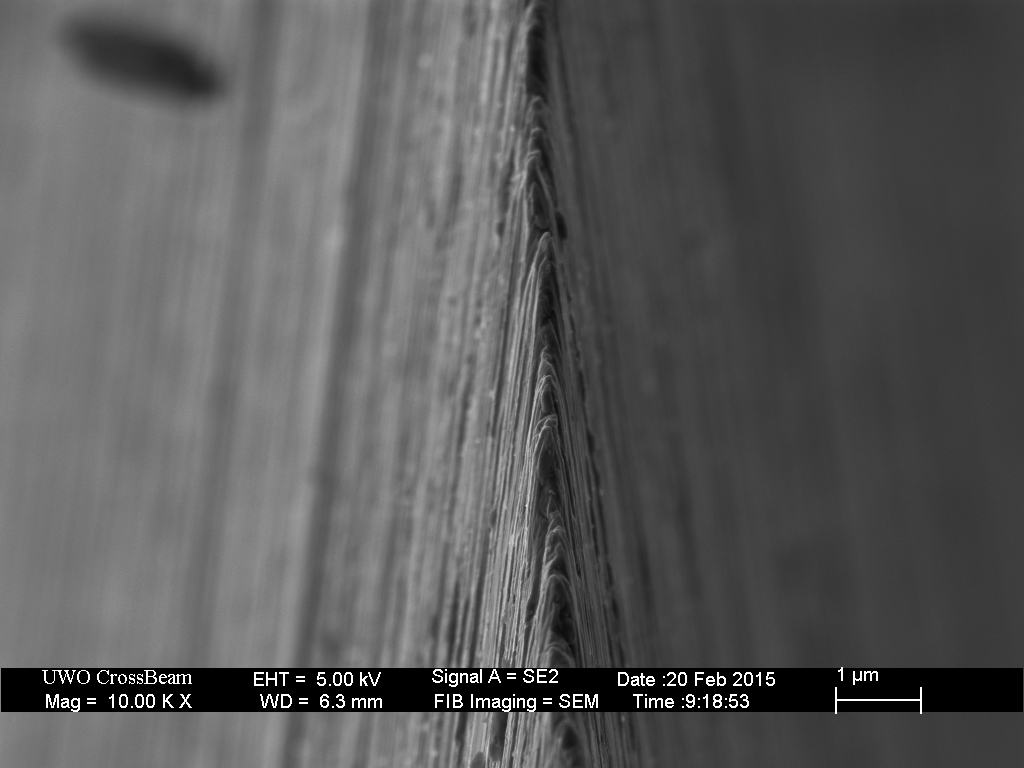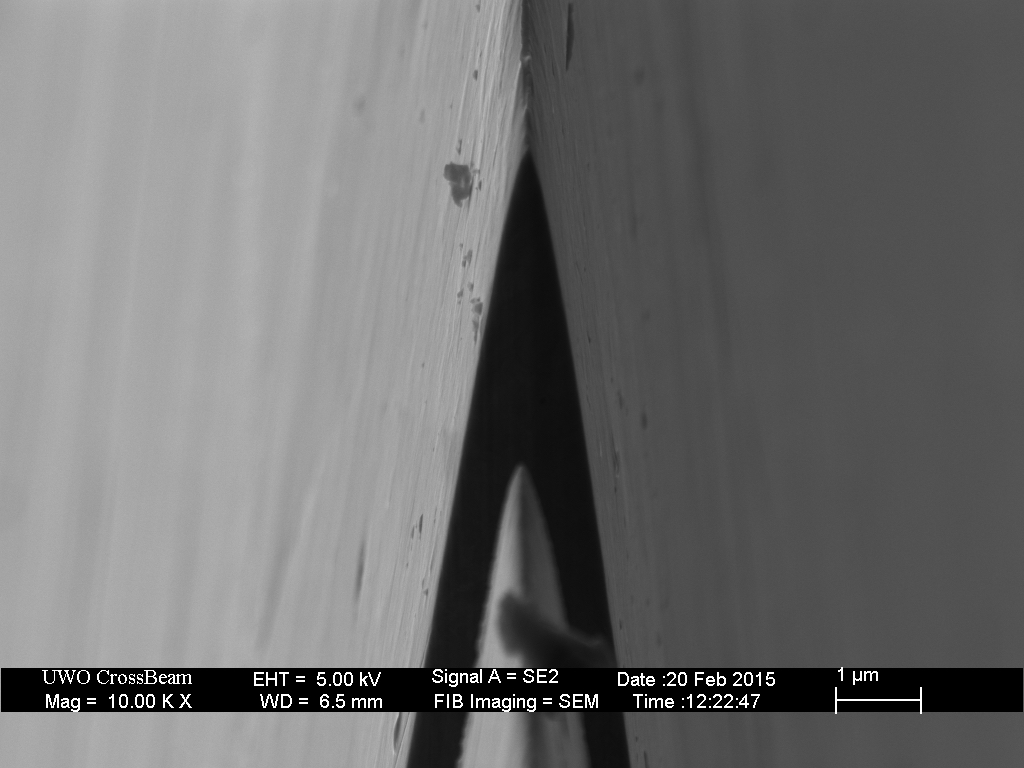In a thread yesterday there was discussion of "Steels" and ceramic rods. My 2 cents offer was that Steels remove very little if any metal and work by knocking an edge straight, where a ceramic rod is more like a round version of a sharpening stone and work by removing metal.
Hmmmmmm. Turns out that might only be partially true at best.
Science of Sharp did some nice coverage of this with scanning electron microscope images. Very interesting.
They cover "A range of honing rods are compared; a traditional ribbed steel (Wustof), a smooth ceramic rod, a smooth/polished “butcher’s” steel (Victorinox), a tungsten carbide sharpener (Chestnut tools Universal Sharpener), the Spyderco Sharpmaker (204MF) and a diamond-embedded rod."
https://scienceofsharp.com/2018/08/22/what-does-steeling-do-part-1/
Hmmmmmm. Turns out that might only be partially true at best.
Science of Sharp did some nice coverage of this with scanning electron microscope images. Very interesting.
They cover "A range of honing rods are compared; a traditional ribbed steel (Wustof), a smooth ceramic rod, a smooth/polished “butcher’s” steel (Victorinox), a tungsten carbide sharpener (Chestnut tools Universal Sharpener), the Spyderco Sharpmaker (204MF) and a diamond-embedded rod."
https://scienceofsharp.com/2018/08/22/what-does-steeling-do-part-1/
Last edited:






